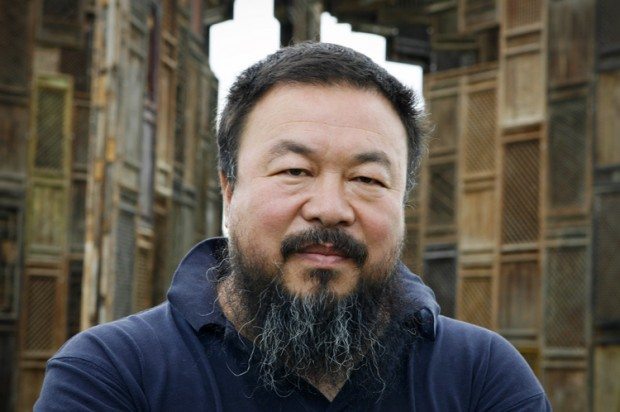Who is Ai Weiwei’s Niche?
Episode #6 of the course How do artists find their niche? by Ann Rea
Contemporary art creates an opportunity for us to reflect upon our current society and prevailing issues as they relate to us and our world.
Ai Weiwei is a Chinese contemporary public installation artist and political activist.
Ai has been openly critical of the Chinese government’s human rights record and their censorship. He and his family have been subject to severe political oppression.
The Chinese government has imprisoned and fined him, interrogated his family, and destroyed his art studio.
We’ll determine Ai Weiwei’s niche by answering the following four questions:
1. Why = Who is the artist, what does he stand for, what does he stand against, and why?
Ai’s father, a poet, was denounced during the Anti-Rightist Movement. When Ai was a baby, he and his family were sent to a labor camp.
Then they were exiled to Shihezi, Xinjiang in 1961, where they lived for 16 years.
However, from 1981 to 1993, Ai lived in New York City, studying briefly at the Parsons School of Design.

Ai Weiwei (Credit: AP/Jens Meyer)
While in New York, Ai befriended beat poet Allen Ginsberg following a poetry reading where Ginsberg happened to be reading several of his poems about China.
Ai frequented Atlantic City casinos, studied blackjack, and became a top-tier professional blackjack player.
His life in the United States stands in contrast to his life under the oppression of the Chinese government.
Ai now lives his life as a creator in public rebellion against the Chinese government’s systematic oppression and censorship.
2. What = Based on his why, what is the one problem that he believes is worth solving?
Creative expression is a fundamental human right necessary to shed light on government injustices, corruption, and cover-ups.
3. How = How does he solve this problem using his artistic and other skills and or resources?
Censorship halts creative expression, so Ai uses creativity to create well-publicized public art installations that expose the corruption and deceit of the Chinese government.
His art is designed to open a conversation about specific political issues.
Ai is prolific on Twitter. At one point, he was spending at least eight hours online every day. His tweets receive a steady volume of retweets, and his Instagram feed is frequently reposted.
4. Who = Who has the one problem that he believes is worth solving?
Who else wants to start a conversation about government corruption and deceit using creative forms of expression?
Ai’s target market is high-profile Democratic organizations, such as the Human Rights Watch, The Solomon R. Guggenheim Foundation, the International Council of Museums, Sundance Film Festival, and an online community who is paying a significant penalty levied against Ai from Beijing’s Local Taxation Bureau.

“Sunflower Seeds” installation by Ai Weiwei. Three million sunflower seeds piled neatly in a room. Each of these life-sized seeds is made of porcelain. And that each one was handcrafted and hand-painted by the artisans of the northern Chinese city of Jingdezhen.
Now you have learned how “The Four-Part Code” applies to five famous historical artists, living and dead:
Day 2: Michelangelo
Day 3: John Singer Sargent
Day 4: Andy Warhol
Day 5: Thomas Kinkade
Day 6: Ai Weiwei
In the next few days, you’ll learn how “The Four-Part Code” applies to three emerging artists who I’ve worked with to help establish their niche.
Day 7: Colleen Attarra, Eco Artist
Day 8: Daniel Barrett, Music Producer
Day 9: Kate Bradley, Children’s Portrait Painter
Day 10: We’ll examine how “The Four-Part Code” applies to all creative entrepreneurs.
Share with friends

